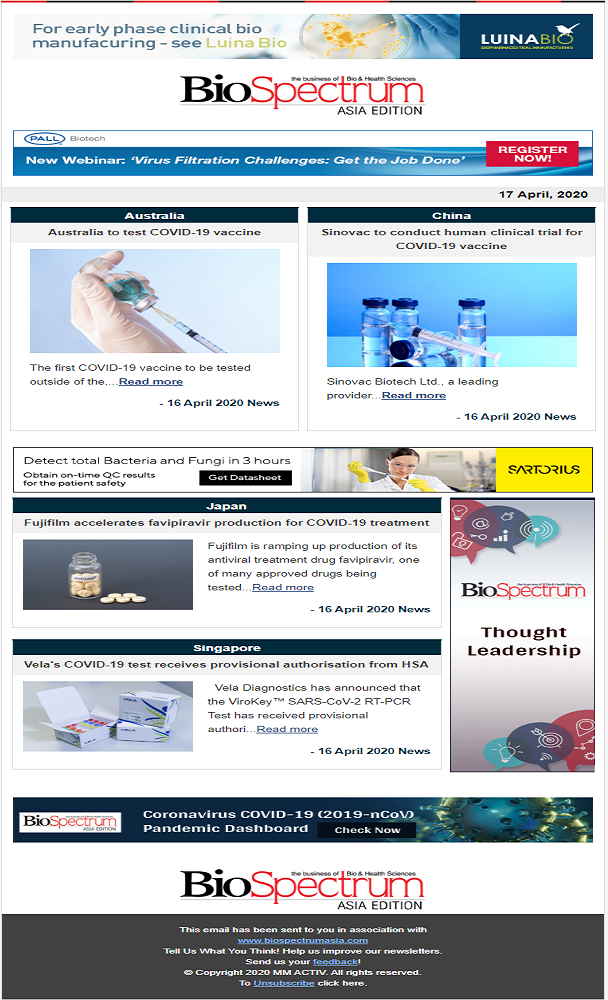
" In a surprising twist, AlloVir, best known for its immunotherapy work, has decided that eye diseases are the new goldmine. Merging with Kalaris Therapeutics, the new company will take on the heavyweight retinal market, pinning its hopes on Kalaris' TH103—a therapy boasting longer-acting anti-VEGF activity. Trading under "KLRS," the duo plans to shake up ophthalmology with plenty of cash and a dash of ambition. "
_________________________________________________________***
Overview of the Merger Announcement On November 8, 2024, AlloVir, Inc. (Nasdaq: ALVR) and Kalaris Therapeutics announced a definitive merger agreement in an all-stock transaction aimed at forming a new combined entity focused primarily on treating diseases of the retina. The merger is a strategic pivot for AlloVir, transitioning from its previous focus on immunotherapy into ophthalmology, driven by Kalaris' lead asset, TH103. The combined company will retain the name Kalaris Therapeutics, Inc. and trade under the ticker symbol "KLRS" on Nasdaq.
Strategic Rationale Behind the Merger The merger represents a transformational move for both companies, leveraging complementary strengths:
Financial and Shareholder Implications The all-stock transaction will result in the following ownership structure:
This significant equity distribution underscores the value attributed to Kalaris’ TH103 program and highlights a strategic shift by AlloVir towards a high-potential ophthalmology asset.
TH103: A Differentiated Anti-VEGF Therapy TH103, a novel recombinant fusion protein targeting VEGF, is at the core of the merger's strategic vision. Key attributes of TH103 include:
Market Analysis: Addressing a Key Unmet Need in Retinal Diseases The anti-VEGF market is highly lucrative, driven by the widespread prevalence of retinal diseases like nAMD, DME, and RVO. Despite the success of current therapies like Eylea and Lucentis, real-world patient outcomes often fall short of clinical trial results, largely due to suboptimal compliance and frequent dosing requirements. TH103 aims to address this gap by offering:
Leadership and Governance Post-merger, the combined entity will benefit from a leadership team with deep expertise in ophthalmology and drug development:
The strong governance structure, combined with seasoned leadership, is expected to drive the strategic execution of TH103’s clinical development and commercialization.
Timeline and Closing Conditions The merger is projected to close in Q1 2025, subject to:
The robust approval process and committed shareholder support indicate a high probability of successful transaction closure.
Potential Risks and Challenges While the merger offers significant strategic benefits, there are inherent risks:
Strategic Outlook and Conclusion The merger between AlloVir and Kalaris Therapeutics represents a strategic shift towards addressing significant unmet needs in retinal diseases. By leveraging the financial strength of AlloVir and the innovative clinical asset from Kalaris, the combined company aims to introduce a potentially disruptive therapy in a growing market. TH103’s unique mechanism and promising preclinical data position it as a strong contender in the anti-VEGF space, with the potential to enhance patient outcomes and reduce treatment burdens.
The combined company, Kalaris Therapeutics, is well-positioned to capitalize on emerging trends in ophthalmology, driven by an experienced leadership team and strong scientific backing. However, the next key milestone—Phase 1 trial data expected in Q3 2025—will be critical in determining the future trajectory of the new entity.
Recommendation: Investors and stakeholders should closely monitor upcoming clinical updates on TH103 and the strategic integration process, as these will provide valuable insights into the merged company’s potential to disrupt the retinal disease market.
PS : This analysis report provides a comprehensive view of the merger’s strategic rationale, clinical focus, and market implications, offering stakeholders a clear understanding of the potential impact and outlook for the combined entity.
ankit.kankar@mmactiv.com




